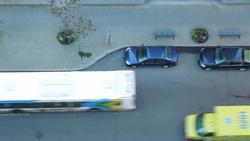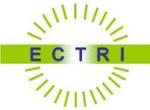 |
| Measured in NOKs per inhabitant the public expenditure to public transport in Norway has increased by 73 percent in the period 2005 to 2016. |
Norway has a rapidly growing population, but with 5,3 million inhabitants on 324 000 sq.km, the country is still sparsely populated. Only the capital city region of Greater Oslo has more than a million inhabitants. Public transport varies along an urban – rural dimension. The highest public transport use, as measured in modal shares, occurs in urban areas. More than half of Norway’s public transport travel takes place in Greater Oslo.
Public transport use in Norway is at all-time high and a result of political priorities. The subsidies are mostly borne by the local governments, at county level. In parallel with increased purchase of public transport the last decade, unit cost in public transport has increased, mostly due to factors outside the control of local government, such as wages and fuel prices.
The combination of increased volume of purchase of public transport services and increased unit prices has resulted in higher public expenditure.
Measured in NOKs per inhabitant the public expenditure has increased by 73 percent in the period 2005 to 2016 and by 50 percent when measured per passenger trip. In contrast to this, passenger payment (or ticket revenue) per public transport trip has remained largely constant.
A considerable proportion of the costs of public transport provision is determined by factors that lie outside of the regional counties’ control and even outside of the public transport operator’s control. This relates to, inter alia, wage levels (which follow national tariffs in Norway), fuel prices, capital costs, and so on. All public transport modes face the same cost types.
New vehicle technologies have so far proven to be more expensive than conventional technologies. However, looking ahead to 2020 and 2025, there is a real possibility that zero local emission vehicles, in the form of battery electric busses, can be competitive also on price, for urban bus lines.
Still, political priorities and demographic developments point towards increased need for public transport, and therefore, increased subsidies, in the foreseeable future.
A major cost of providing public transport is peak hour traffic. A consequence is that public transport service levels have to be higher than the average transport volumes suggest. Peak hour traffic results in both more expensive vehicle kilometres and underutilized capacity.
Much public transport is procured through competitive tendering. For this to be cost efficient, contracts have to be well designed. Local governments can take actions in order to provide for a competitive and functioning market with high levels of cost efficiency.
Report in Norwegian language with English summary.





